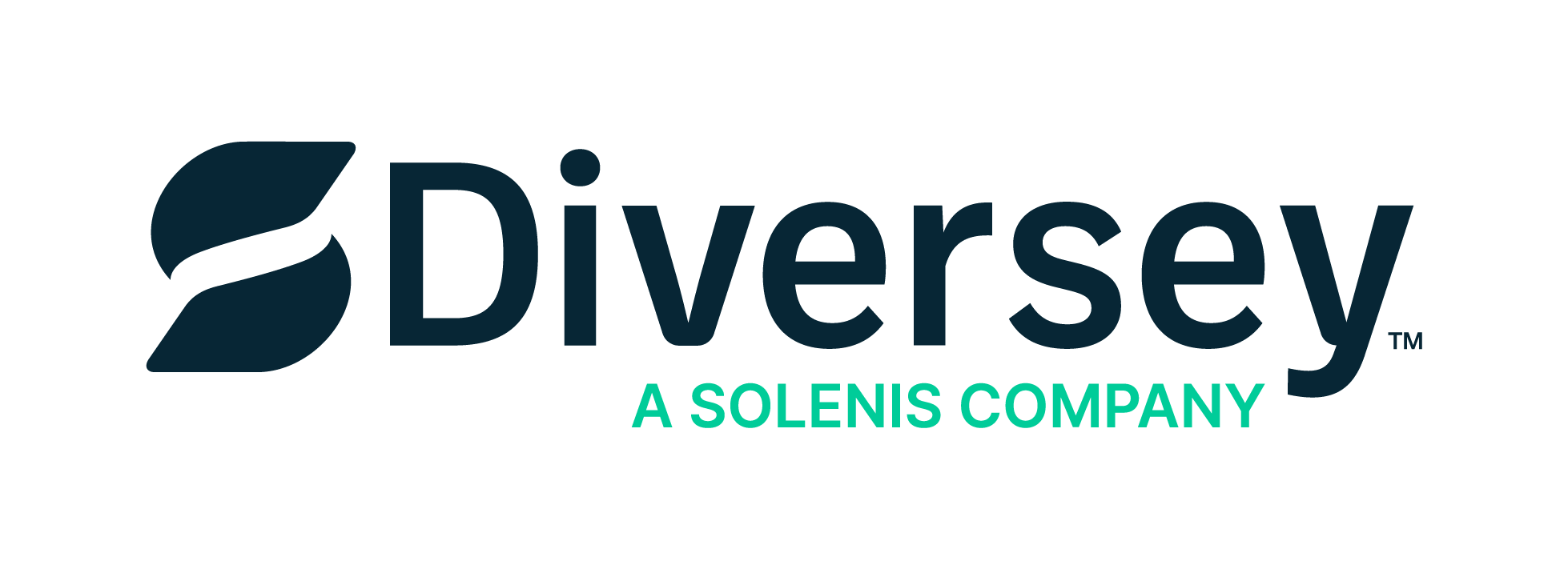What can go wrong in cleaning and disinfection of surfaces?

There are many potential hurdles to consider relative to proper cleaning and disinfection in the healthcare environment. Being aware and addressing these up front can help reduce risk, and potentially save unnecessary costs in the long run. Outlined are some considerations which, if addressed, may help mitigate negative consequences.
Choosing the Right Disinfectant
Choose the right disinfectant. Understand the pathogens of risk in your facility, and select a disinfectant that is effective against those key pathogens. Always use an EPA- or Health Canada-registered disinfectant and follow the manufacturer’s instructions for use. As you consider the pathogens, also assess what will be best for the surfaces, equipment, your staff and patients. One disinfectant may not be able to do it all, and task-oriented disinfectants may be necessary to address harder to kill pathogens, such as Clostridium difficile, but may not necessarily be the disinfectant that you chose to use throughout your facility in order to address safety and compatibility concerns.
Budget Constraints and Costs
There is continual pressure to reduce costs and control budgets. The new reimbursement models, being driven by the Affordable Care Act, have healthcare facilities looking at how they can improve quality while reducing costs, and it is forcing a more strategic look at total cost. Gone are the days when a cheaper product could help you achieve your budget goals. To really add value, you need to look at improving outcomes, increasing reimbursement and managing labor, the largest cost reflected in healthcare budgets.
Maintaining the balance of the three pillars of Cost, Quality and Results makes it necessary to focus on products and processes that can reduce labor without impacting quality. You need to focus on helping your staff do more in less time. This may require you to update cleaning and disinfection protocols and look at faster and more effective disinfectants, improved cleaning tools, and productivity enhancements, like equipment, to deliver the quality and results you need while reducing labor.
Infection rates, readmissions and HCAHPS scores will impact future reimbursement, and to deliver the most value, these items now need to be taken into account when you are defining your overall program. Improving cleaning and disinfection processes to help drive standardized and consistent results will help to reduce patient risk and reimbursement penalties, while focusing on productivity improvements allows you to do this within your budget. It all about the balance!
Compliance and Dwell Times
Timing is truly of the essence, when it comes to cleaning and disinfecting. If the disinfectant label contact time is not achieved, there is a risk that the surface was not properly disinfected and could create risk for a susceptible patient. Environmental factors, like humidity and temperature, and disinfectant ingredients, such as high levels of alcohol, can impact dwell times, as they may cause surfaces to dry before the contact time is achieved. Also, the cleaning and disinfection protocol may not allow enough time to perform the task with the required dwell time. These are important considerations, as some disinfectants are slow-acting, requiring long contact times that may not be realistic within the healthcare environment. It is best to consult the manufacturer’s label to determine the kill claim times for pathogens that are relevant to your facility. Make sure the staff protocol relates to a successful dwell time achievement, or consider product or process changes to address.
Dilutable, RTU or Wipes?
A recent study has shown that staff is more likely to be compliant with disinfectant protocols when using disinfectant wipes. A recent publication published in Infection Control and Hospital Epidemiology by Dr. Timothy Wiemken and his colleagues from the University of Louisville evaluated the value of using ready-to-use (RTU) wipes. When compared to the traditional towel and bucket method, RTU wipes significantly increased compliance by 35%, decreased time to clean patient rooms by 23%, and reduced cost per employee, per day. For a recap of the study, click here.
DISINFECTANT? OR DISINFECTANT CLEANER?
Understand your product, and determine if you are able to simplify your process with a disinfectant cleaner that both cleans and disinfects in one step, or if you are using a disinfectant that requires you to pre-clean a surface prior to disinfection. There are many disinfectants that are not cleaners, and many cleaners that don’t disinfect. Make sure your product can deliver what you need to meet your productivity goals. The best choice is a product that is a cleaner and also a disinfectant. This can be confirmed by carefully reading the product label and efficacy data. Click here to see Technical Bulletin on One Step vs. Two Step Disinfection.
COMPATIBILITY OF DISINFECTANTS WITH CLEANING TOOLS
Studies have demonstrated that there may be a reduction of efficacy when quaternary-based disinfectants bind with cleaning materials such as microfiber or cotton. The most common disinfectant used for daily environmental surface disinfection today is quaternary ammonium chloride, commonly referred to as quats. Quats are often used because they offer a broad spectrum of pathogen kill, good surface compatibility, and are often the most economical option.
Quats are cationic or positively charged compounds. Because of this, quats have a tendency to become attracted to cleaning tools or fabrics that have an anionic or negative charge. One of the most common cleaning tool fabrics is cotton, which is a natural fiber that consists of 90% cellulose, and has a negative charge. Another common fabric used in cleaning tools is microfiber. Most microfiber cloths are made of a synthetic blend of polyester and nylon (polyamide) which also has a negative charge. When quat disinfectants are used with cotton or microfiber fabric, the positive charge on the quat aligns itself with the negative charge on the fabric and essentially neutralizes the activity of the quat. This may mean that the expected level of disinfectant is not being applied to a surface as it is wiped. The tendency of quats to bind with some fabrics is often referred to as “quat binding” or absorption. It has been shown that quat binding begins as soon as the cleaning tool is dipped into the quat solution. This phenomenon can be eliminated by spraying the disinfectant directly onto the surface, using alternate disinfectant technologies or implementing disposable wipes into your cleaning protocol. Click here to review a more detailed explanation of quat binding.
Oxidizing agents, such as Accelerated Hydrogen Peroxide or Chlorine based disinfectants do not bind with cleaning tools, and can be implemented into cleaning programs to ensure efficacy of disinfectants.
Also, disposable cleaning wipes, made from melt-blown polypropylene and other synthetic materials can also be used in place of natural fiber cloths to ensure the efficacy of disinfectants. It is important to note that some disposable cloths may contain natural fibers, like cellulose, and that these may still bind with quats, so it is important to check the contents of the disposable cloths.
LAUNDRY
As you are looking at total cost, it is also important to consider the laundering costs of cleaning cloths and mops. Many facilities outsource this, so you need to consider not only the cost of the laundering service, but also the labor required in collecting cloths and mops to go to the laundry and to put them back in the work stream, and account for any anticipated shrinkage.
Poor laundering practices result in cleaning cloths that are less than clean. In a recent study published in AJIC, “Microbial Contamination of Hospital Reusable Cleaning Towels”, by Charles P. Gerba, PhD, data showed that even after laundering, cleaning cloths had pathogens present. He evaluated microfiber and cotton cloths used to clean hospital rooms, and found that the very tools being used to wipe germs away were possibly spreading them around. Quality control in this area is critical.
If you do wash these internally or are responsible for the outsourcing of this task, make sure the proper procedures for washing and drying the cleaning tools is followed, including the right temperatures and chemicals to remove and kill pathogens which may be present on the cleaning tools.
In lieu of laundering, many facilities have moved to disposable cleaning cloths. Purchasing disposable wipers may be more expensive, but is typically offset with the costs of additional labor, set up time, and laundering costs associated with reusable cloths.
SURFACE COMPATIBILITY
Unfortunately there is not one perfect disinfectant that is compatible with all surfaces, fabrics and equipment. It is important to understand the risks associated with your disinfectant and its impact on the surfaces, equipment, and fabrics in your facility. Balancing the disinfectant’s efficacy with its risk creates a special challenge, and in some instances rinsing may be required by the manufacture. There may not be one disinfectant that can do it all, so at times, task-oriented disinfectants, such as sporicidals, may be needed.
SUMMARY
In summary, there are many hurdles you need to overcome to establish a successful cleaning and disinfection program. Finding the right product is just one key component in your program. It is the integration of the disinfectant, procedures, cleaning tools and education that optimize the program. Healthcare professionals should adopt a comprehensive infection control plan that considers all factors, necessary protocol to reduce the spread of HAIs.

